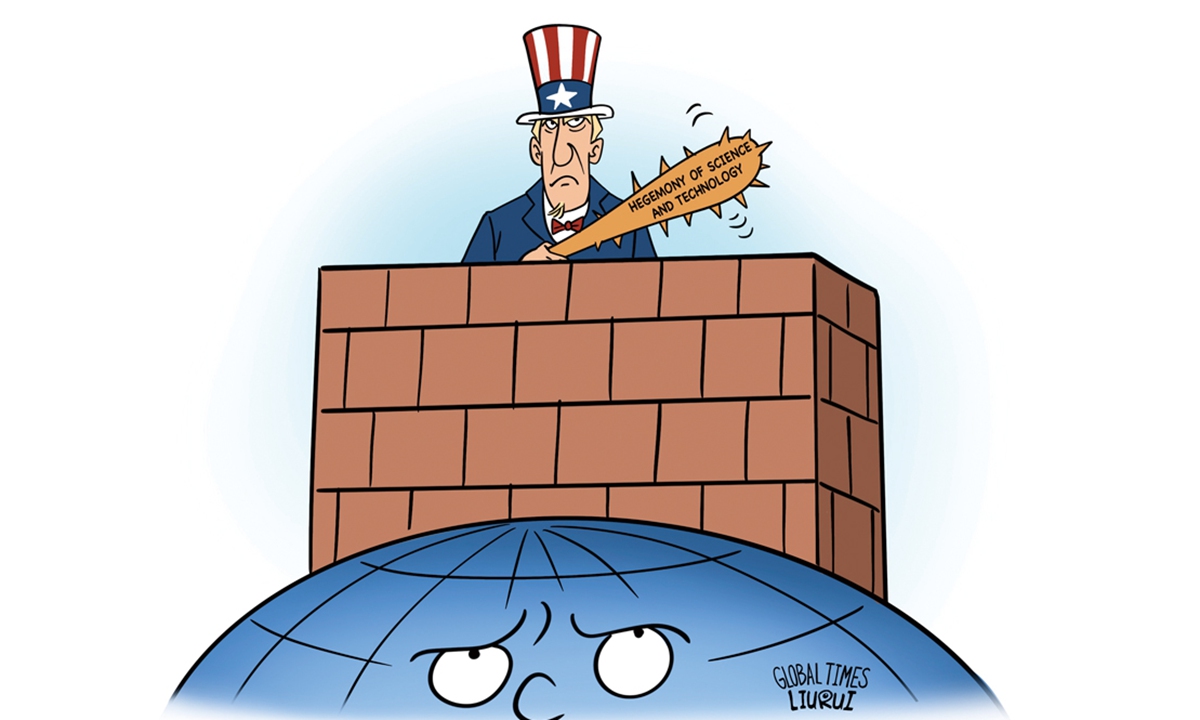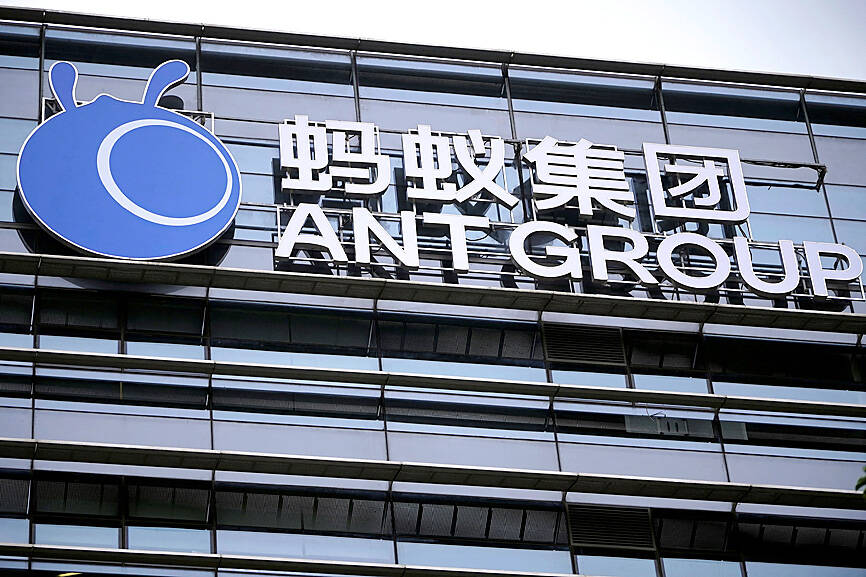☆ Yσɠƚԋσʂ ☆
- 39 Posts
- 18 Comments

 31·1 month ago
31·1 month agolooks that way

 23·1 month ago
23·1 month agoI wasn’t curious enough to look deeper.

 22·1 month ago
22·1 month agothe world adapts :)

 421·1 month ago
421·1 month agoUS likes to impose arbitrary sanctions on its adversaries. Basically the US government decided that people from a particular country aren’t allowed to collaborate with people using US based platforms like GitHub.

 88·1 month ago
88·1 month agoOrganicMaps GitHub repo was blocked due to contributor being geolocated in a US-sanctioned place https://mastodon.social/@organicmaps/114155428924741370
For sure, having mature and battle tested libraries is really hard to beat.
Clojure has a lot better story in that regard living on the JVM, but the overhead of using the JVM is a downside of its own. It’s a good platform, but definitely not what you’d call lightweight.
I briefly worked with Hasura which does this sort of magic to produce GraphQL API on top of Postgres. Incidentally, also written in Rust. I do like Leptos approach, it sounds similar to HTMX approach where you just treat the DOM as a dumb terminal.
Being a Lisper, the idea of waiting for the compiler is very jarring. :)
It’s great to hear things mostly worked out. Stuff like scaling bottlenecks is definitely tricky to catch until you have serious loads on the system, but sounds like the fixes very mostly trivial validating overall design. It also looks like you managed to get a way with a fairly simple stack by leveraging Postgres and Rust. I’ve had really good experience with using pg myself, and really don’t see a point in using anything else now. You can use it both as a relation db and a document store, so it’s extremely flexible on top of being highly performant. Keeping the stack simple tends to be underappreciated, and projects often just keep adding moving pieces which end up adding a lot of overhead and complexity in the end.
Yeah, Huawei demonstrates that worker ownership works at scale and that a worker owned company is just as efficient and competitive as the best oligarch funded companies. It’s a threat of a good example.
Mr Ren is the founder, and the company was started as a cooperative as I recall. The total size of the company is 207,000 people, but typically people have to work at a company for a bit before becoming part of the cooperative. Hence why there non owner members.
Indeed they do
Ownership
Huawei Investment & Holding Co., Ltd. is a private company wholly owned by 151,796 of its employees and retired beneficiaries, as of December 31, 2023. Mr. Ren’s investment accounts for nearly 0.73% of the company’s total share capital.
What have been the biggest challenges with the project over the years, both in terms of technical and non technical aspects. I’d be interesting to hear a bit of retrospective on how has the stack’s been working out, and what surprises you might’ve run into in terms of scaling and federation. What recommendations you’d make based on that and what you would’ve done differently knowing what you know now.

 1·1 month ago
1·1 month agolook like just web interface right now

 2·1 month ago
2·1 month agoI also like how it’s It’s offline-first, using the CRDTs under the hood.












for sure, this is a very resilient approach that makes it incredibly difficult to take code down